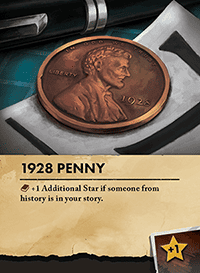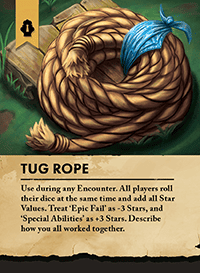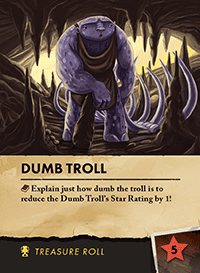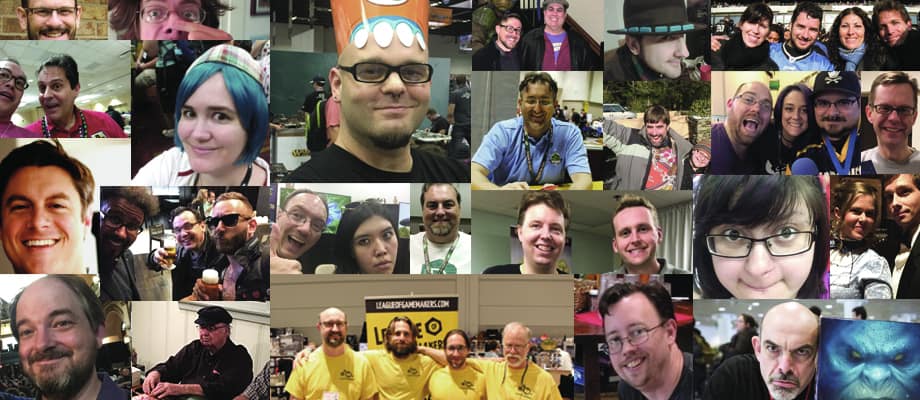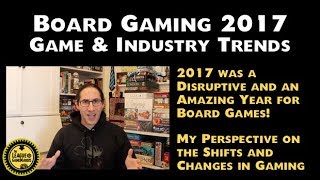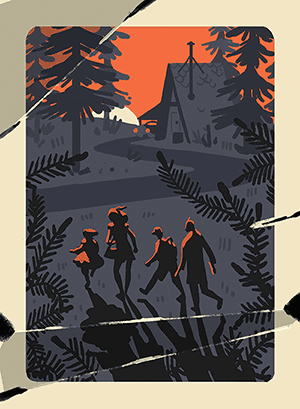
Eduardo Baraf is a passionate game developer, founder of Pencil First Games and ally of the League. We noticed that Ed was in the Tabletop Deathmatch competition and one of the things that stood out was that he co-designed The Siblings Trouble from across the country! We asked him to speak about that process, and how to make teams come together.
—
Over the years, I’ve collaborated and made numerous big and small games with a distributed team. This spans local teams, state-to-state, and international projects. Most recently, I designed and developed The Siblings Trouble (Live on Kickstarter) with a group of fantastic people who were all hundreds of miles apart. Kim, Andy, Adam, Mac, Kellan – everyone was a part of making TST awesome.
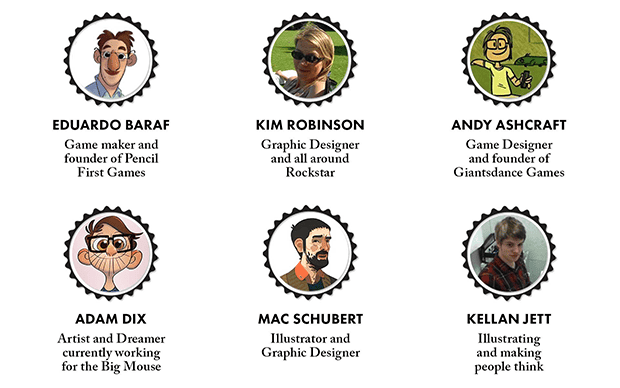
Project after project, teammate by teammate, issue upon issue, I’ve learned some key lessons on how to successfully design a physical, social-play game with a distributed team using digital tools.
Important: I touch on a few elements of working with other people here, but one should assume working with a distributed team is harder than a local group of friends. If you’ve never worked on or lead a team in person – doing it from afar will be difficult.
THE SETUP
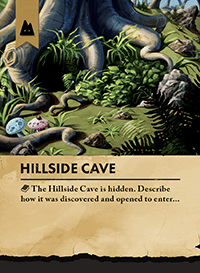
Before getting to work, there are a few things to establish and think through.
UNDERSTAND YOUR OBJECTIVES
- It is of prime importance that you understand your own personal project desires and objectives before seeking out a team. What do you want to make? What kind of success are you trying to obtain? It isn’t that you need to have all the answers; it is simply that you should understand what your goals are for the project. Alignment to yourself and common understanding is critical on distributed projects.
FIND PASSIONATE, MOTIVATED TEAMMATES
- Taking a board game from concept, to creation, to Kickstarter, and into a gamer’s hand take a LONG time and a TON of work. The people you select to be on the project with you will have a massive impact on every element of the project. Take the time to get to know potential teammates (ideally you’ve worked with them before), look at projects they’ve done, maybe even get a reference or two.
UNDERSTAND THEIR PERSPECTIVES

- Understanding what makes your teammates click is absolutely essential for success in a project. Why are they interested in developing the game? What part of it do they enjoy? What are their personal aspirations? What are their project aspirations? What excites them, what bores them, and on and on. Spend a little extra time here and it will make a world of difference when the projects is in a ditch or challenging period.
HAVE A CLEAR UNDERSTANDING UPFRONT
- Often people don’t want to get into the nitty gritty of payment, royalties, ownership, etc of a partnership at the start of a project, but it is foolish not to. Be upfront and clear with your teammates. Also, whether talking about a an indie board game or a video game, it is well worth reminding everyone on the team, at the beginning, that in all likelihood no one will make any money on the project.
THE TOOLS
There are countless tools you can use to work together from a far, but there are a few key categories.
COMMUNICATION
- Consistent, face-to-face communication is critical to success in a long-term collaboration. Both Skype and Google Hangouts are fantastic for this. Use it often for both impromptu discussion and regular meetings. Don’t substitute emails, texts, and IMs, for time looking and listening to each other.
SHARED DESIGN, TASKING

- There are all sorts of robust tools for collaborative documents and task tracking, but honestly I recommend simply using Google Docs. It is reasonably easy to set up and share, mose people are comfortable with it, and it has good version control.
FILES
- When not working in docs and spreadsheets, you’ll need a good file-sharing program. I personally recommend Dropbox, but Google Drive and Box are fine alternatives.
REAL PLAY
- In the board game world, it is critical that all teammates are experiencing the game IRL. Having a internal PNP system early on is critical. If only one person is used to making their own games from scratch, The Game Crafter can be used as a reasonable tool for periodic copies to the team. All team members should play on the own with their family/friends and if at all possible the team should try to play together over Skype.
THE GLUE
Even with a good setup, a great team, and fantastic tools, projects often stutter and stumble. This is where the glue comes in.
COMMUNICATION
- I’ve already brought up communication and I’ll bring it up again. It is key. Regular, open communication as a team is paramount. Make the time.
LEADERSHIP

- Teams need leaders and owners. It may not be the case that one person is the final say on all aspects of the project, but there should always be someone in position to make a decision or final say. Project direction, design elements, the visual look/feel need to be cohesive and follow a vision.
TRANSPARENCY
- When running a team, be honest with people. Through better or worse, team trust and camaraderie carries the ball forward. Don’t mislead or trick your team. Furthermore, it is up to you to be straight with your team. If someone isn’t putting the time in – tell them. If they’re heading in the wrong direction – tell them. You can’t be afraid to be clear and communicate.
ALL FOR ONE AND ONE FOR ALL

Over time, as you work on more and more games, you come to realize that you will only be able to make so many games in your career and only be able to work with so many people.
Every project you work on is a chance to make something fantastic; Every person you work with is an opportunity to make a life long partner. Design with passion, pencil first. You’ll make mistakes, fix them together and keep going!

